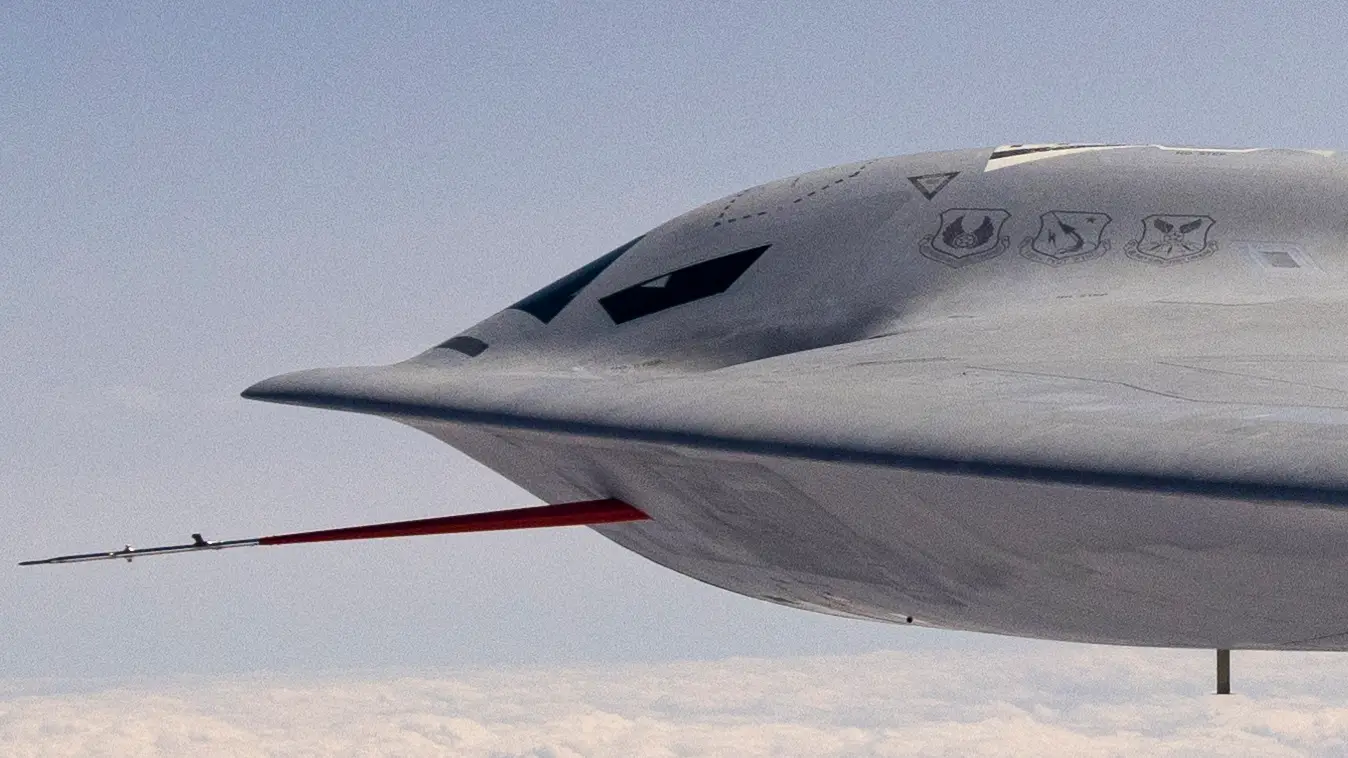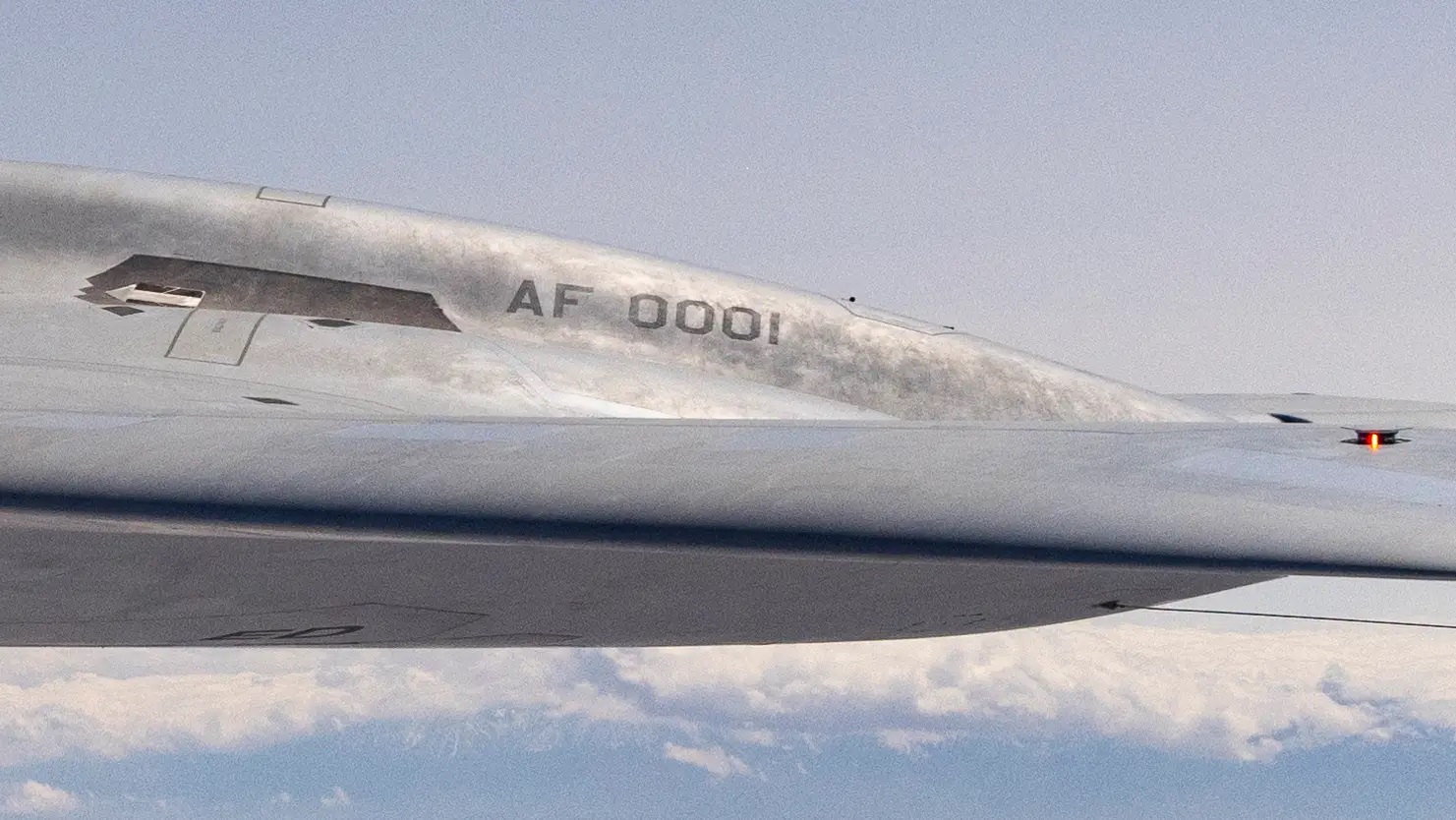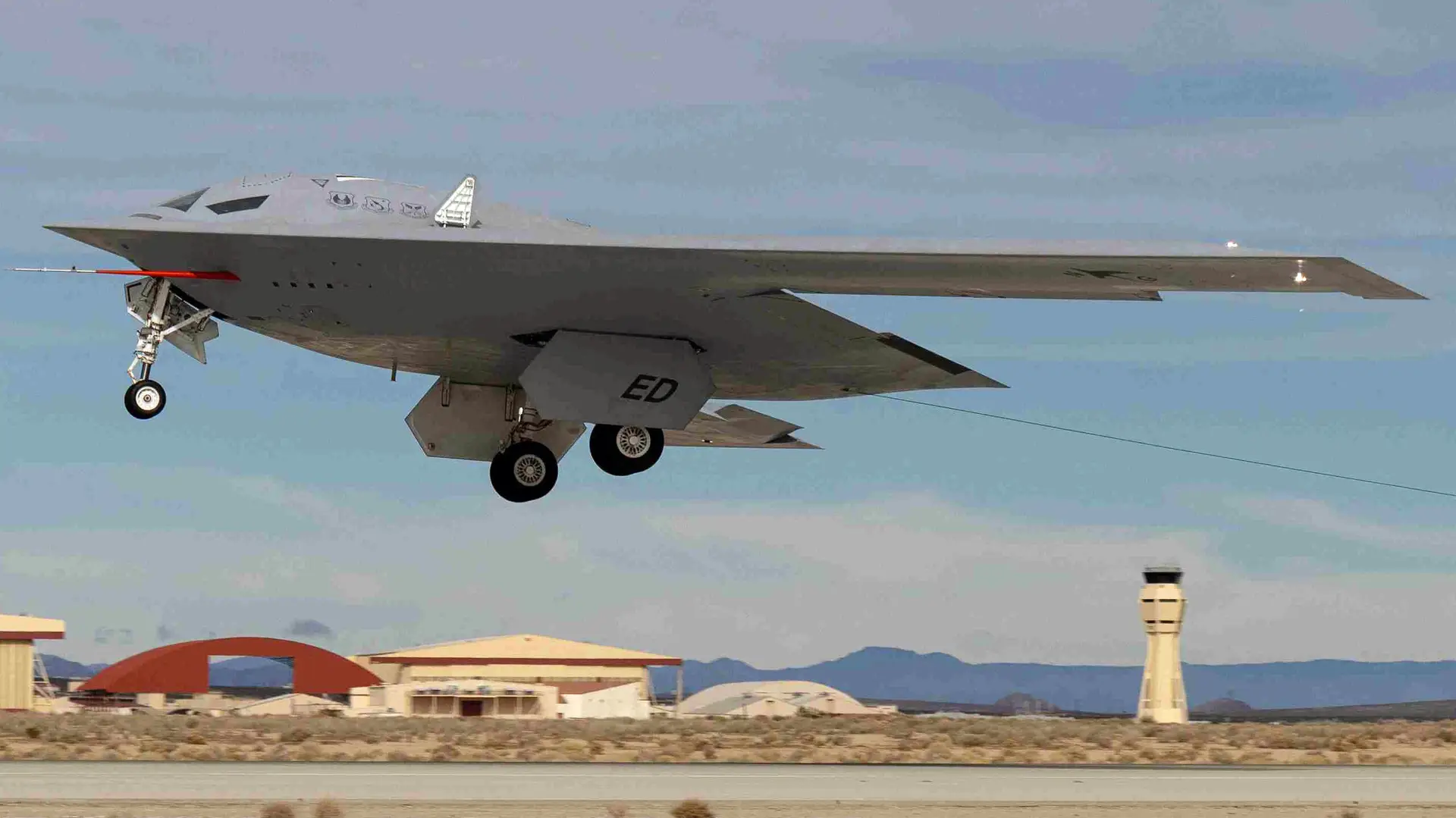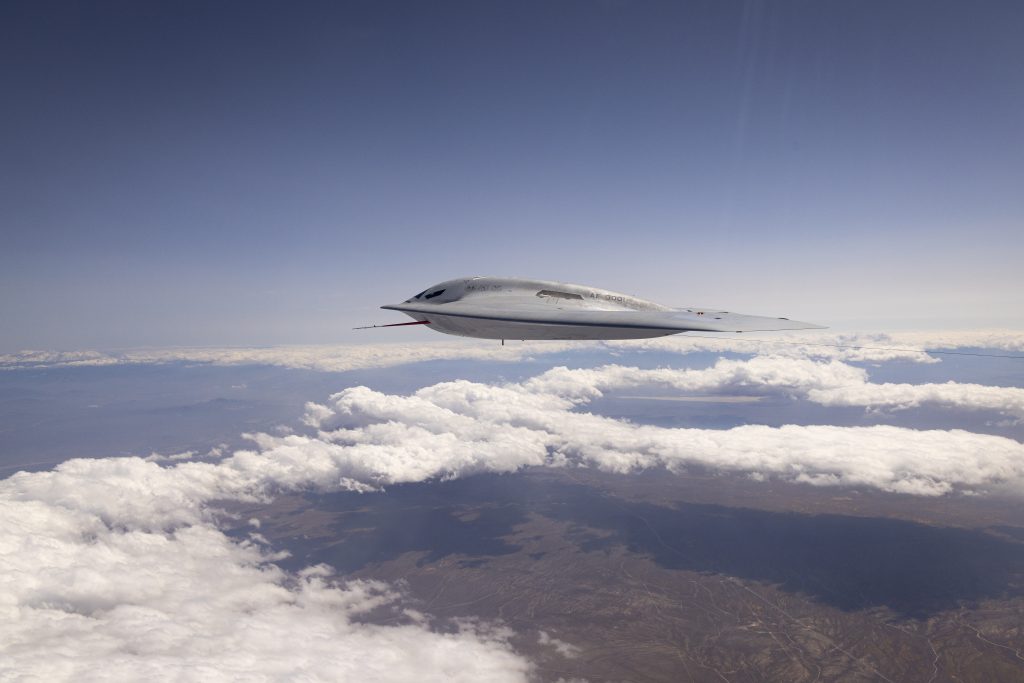The U.S. Air Force has released the first high-altitude images of the B-21 Raider as it undergoes extensive flight testing at Edwards Air Force Base. These tests include ground operations, taxiing, and multiple sorties. Since its formal unveiling on December 2, 2022, the B-21 Raider has made significant progress toward becoming a key component of the U.S. bomber fleet.
Progress in Flight Testing and Future Integration
During a Senate Armed Services Committee hearing, Andrew Hunter, Assistant Secretary of the Air Force for Acquisition, Technology, and Logistics, confirmed that the B-21 flight testing is on track to meet deadlines, aiming to deliver the aircraft to the warfighter by May 8. Hunter emphasized the effectiveness of the flight test program in understanding the B-21’s unique characteristics.
The B-21 Raider, a long-range stealth bomber designed to replace the B-1 and B-2 bombers, is crucial for national security and supporting U.S. allies. Built by Northrop Grumman under an Air Force contract, the B-21 features an open systems architecture for rapid technology integration, ensuring its effectiveness against evolving threats. The aircraft is expected to enter service in the mid-2020s, with a production goal of at least 100 units.
Acquisition and Production
The Air Force Rapid Capabilities Office oversees the acquisition program, ensuring test aircraft closely resemble production models. This approach accelerates the transition to full production. Ellsworth AFB in South Dakota will be the first main operating base for the B-21, with Whiteman AFB in Missouri and Dyess AFB in Texas designated as future bases.
Metadata from the images confirms that the B-21 has conducted multiple flights since its first on November 10, 2023, with photos taken on January 17, May 22, and April 4.
Design Details
The new air-to-air image reveals the distinct shelf-like extension forming the jet’s leading edge, most prominent along the nose. The B-21 Raider displays refueling symbology on its dorsal surface, similar to the F-22 and F-35. An antenna below the fuselage retracts for stealth operations, and a temporary air-data probe extends from the lower forward fuselage.

Before the rollout, it was speculated that the B-21 would feature a lighter tone to optimize its operations for both day and night. The image emphasizes the seamless integration of the B-21’s intakes with its flying-wing design. Extended formation lights sit flush with the skin for combat operations, and an attachment point for the temporary trailing flight test cone’s wire is visible on the lower rear half.

The B-21’s exhausts, historically sensitive for low observability, remain unseen in this image. The side-on view highlights the smooth and flowing design, indicating a significant advancement in stealth technology compared to its predecessor, the B-2.


